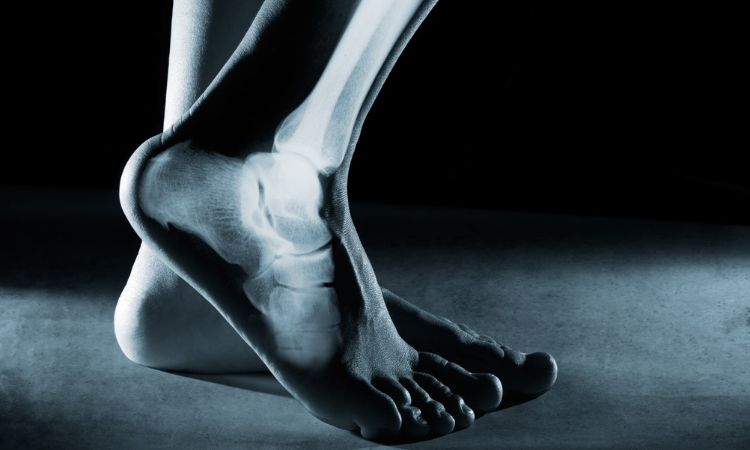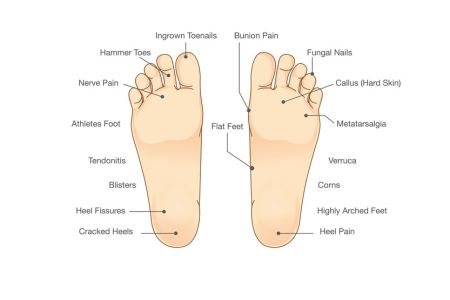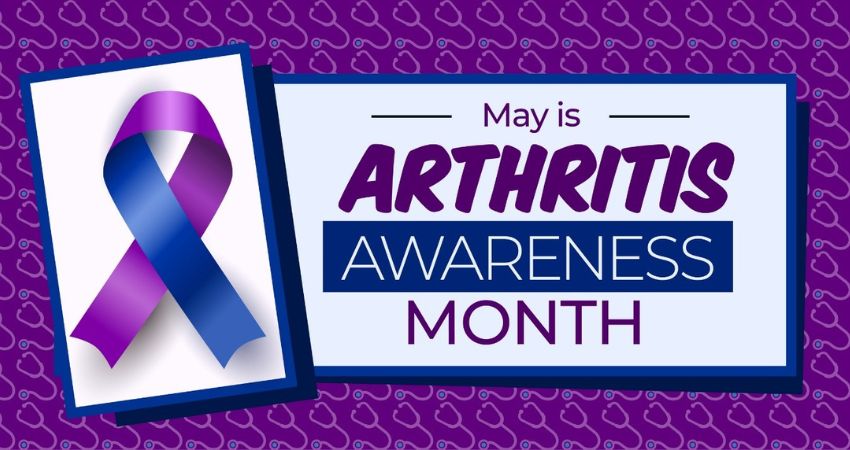Foot Health Facts Everyone Should Know About


Proper foot care is crucial for maintaining your overall health. Feet are the foundation of your body, providing you with stability and balance, and play an essential part in your overall health through exercise. Not only can ignoring the health of your feet lead to direct ailments and injuries, but you can also miss out on indicators of more significant health concerns. As April is National Foot Health Awareness Month, it’s a good time to share some foot health facts to help promote proper care and awareness of potential problems.
Did You Know?
Here are a few foot health facts that will give you a deeper appreciation of how much we rely on our feet and give you further insight into the potential for injuries and health concerns.
- Each foot contains approximately 8,000 nerve endings, making them extremely sensitive.
- The human foot contains 26 bones, 33 joints, and over 100 muscles, tendons, and ligaments.
- The average person takes approximately 4,000-6,000 steps daily, putting significant strain on the feet.
Preventing Common Foot Injuries and Ailments


Neglecting foot health can lead to various ailments impacting your mobility and quality of life. Many of these are preventable and treatable if you are mindful of potential risks and seek medical attention when necessary. From blisters and calluses to more severe conditions like plantar fasciitis and diabetic neuropathy, there are a multitude of foot issues that can arise without the proper care. We’ve talked about some foot health facts; here is a series of tips on the prevention of foot ailments:
- Maintain a healthy weight to reduce the risk of foot and ankle pain.
- Wear properly fitting shoes with adequate support and cushioning to prevent corns and calluses.
- Avoid going barefoot in public areas to reduce the risk of athlete’s foot and fungal infections.
- Keep your feet clean and dry, especially between the toes, to prevent fungal infections.
- Trim your toenails regularly and straight across to avoid the pain of ingrown toenails or infection.
- Stretch and strengthen your feet and ankles to prevent plantar fasciitis and other overuse injuries.
- Avoid wearing high heels for extended periods to prevent bunions and hammertoes.
- Regularly inspect your feet for cuts, sores, or signs of infection, and seek prompt medical attention.
- Elevate your feet and apply ice after extended standing, walking, or physical activity periods to reduce swelling and inflammation.
Problems With Your Feet Could be a Warning Sign of More Severe Health Issues


Some foot pain or discomfort can indicate a more significant underlying health concern. If you are experiencing any of the following signs, you should make an appointment to see your healthcare provider.
- Swollen Feet/Ankles – Could be an indicator of high blood pressure.
- Toes That Turn White/Numb – May be a symptom of Raynaud’s disease.
- Regular Tingling of Feet/Toes – This could be from arthritis, spinal stenosis, or diabetes.
- Consistent Foot Cramps – This may be due to a lack of potassium, calcium, or dehydration.
- Pale Nail Beds/ Spoon Shaped Nails – This may result from low red blood cells leading to anemia.
Keep These Foot Health Facts in Mind to Benefit Your Overall Health
Taking all of these foot health facts and tips into consideration and consulting a podiatrist or visiting a healthcare provider such as Harmony Healthcare Long Island can help identify any issues with your feet before they become more serious problems. They can help you develop a plan to keep your feet healthy and treat any problems that arise before they worsen.









